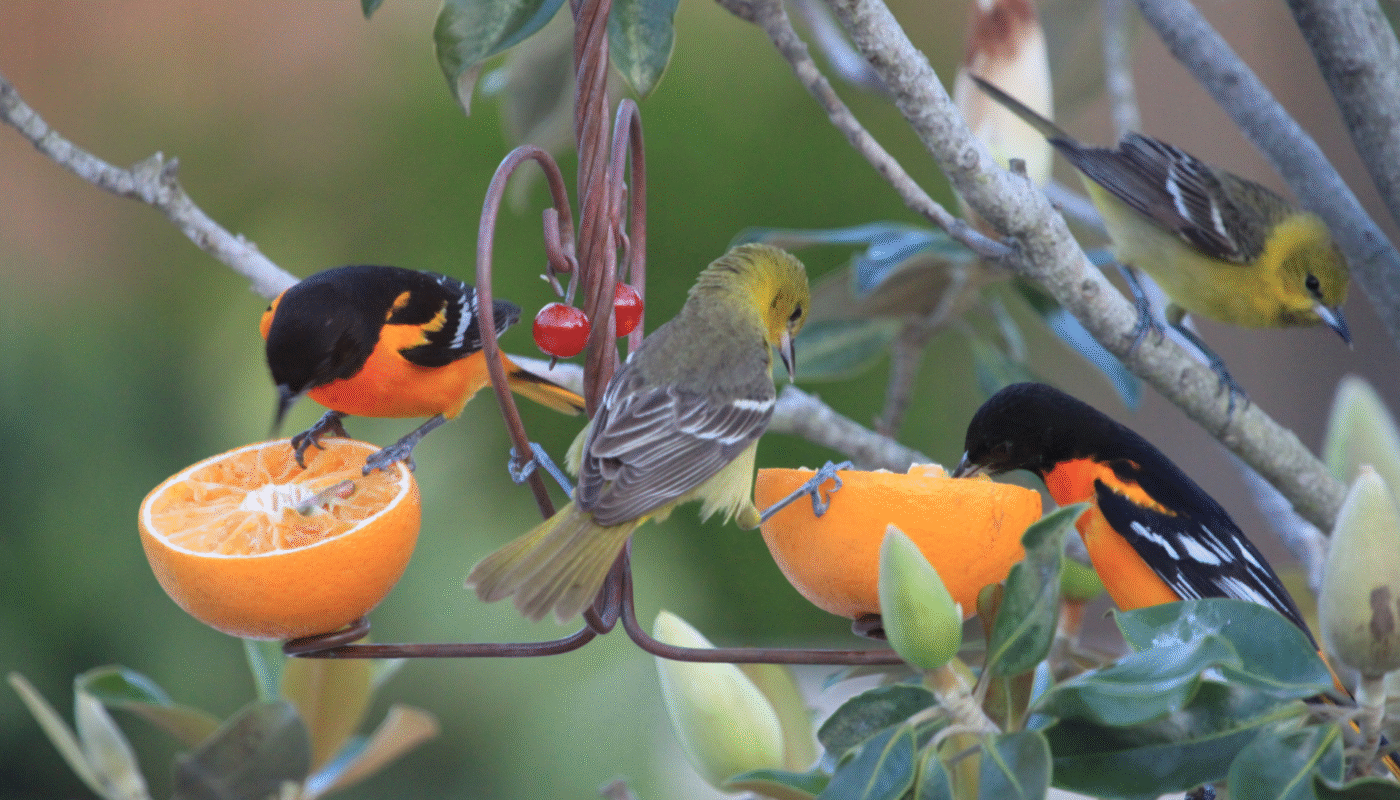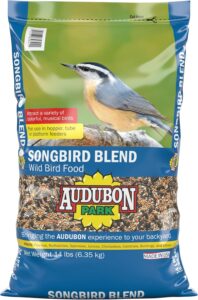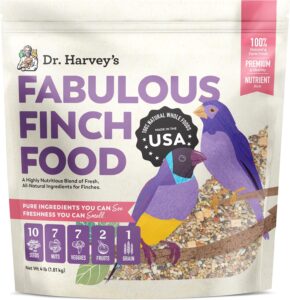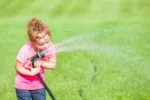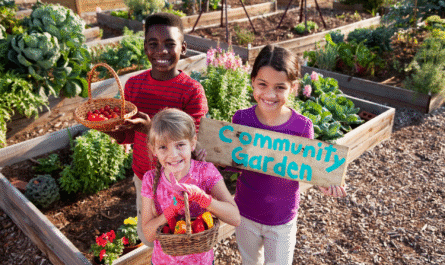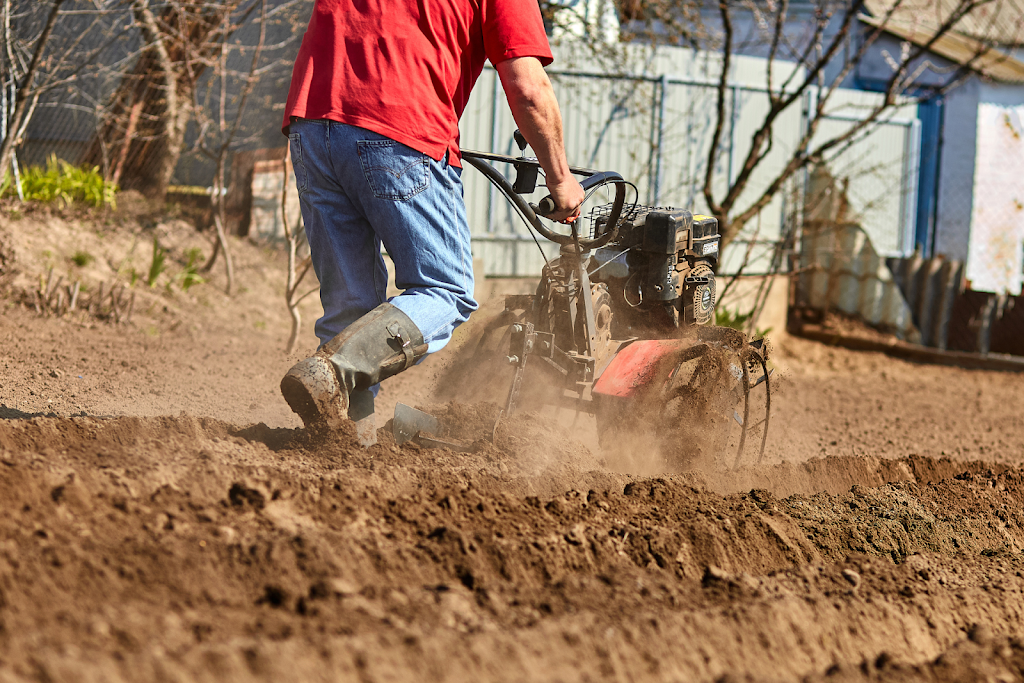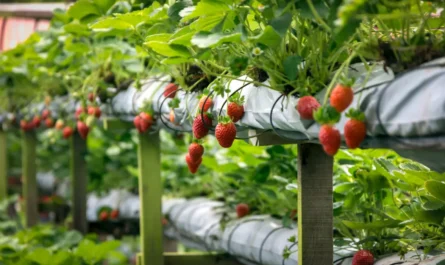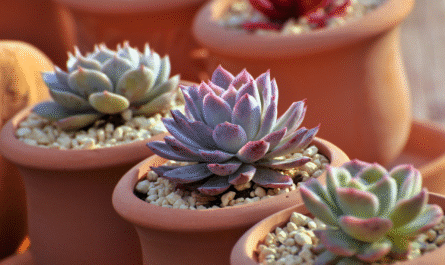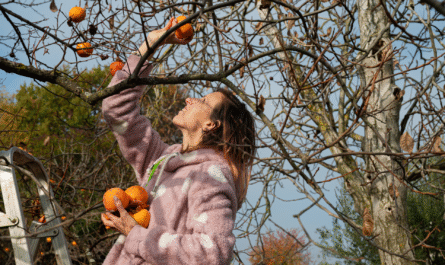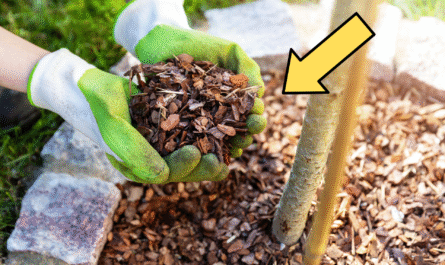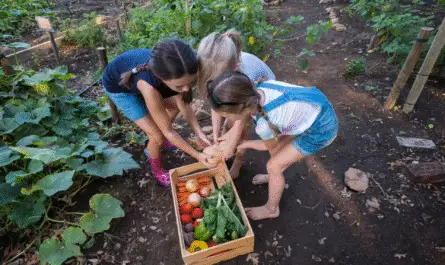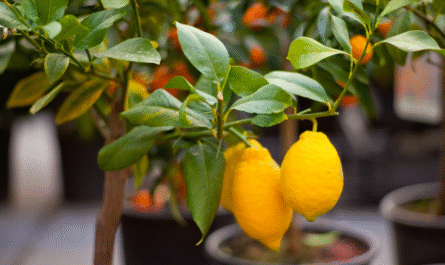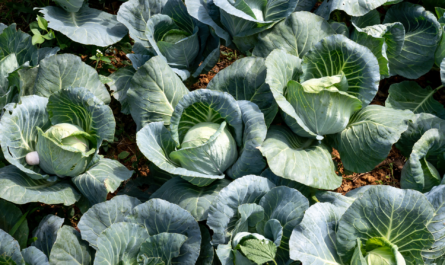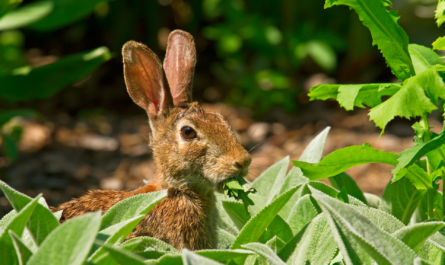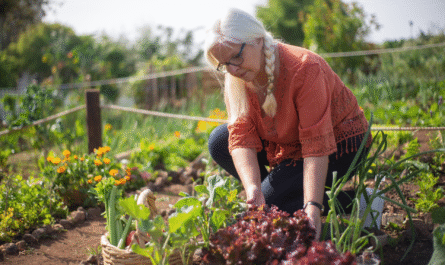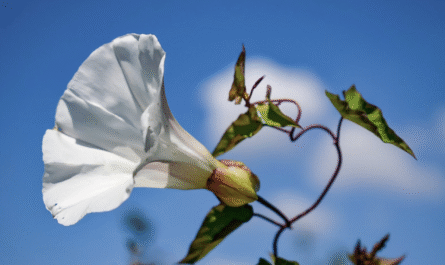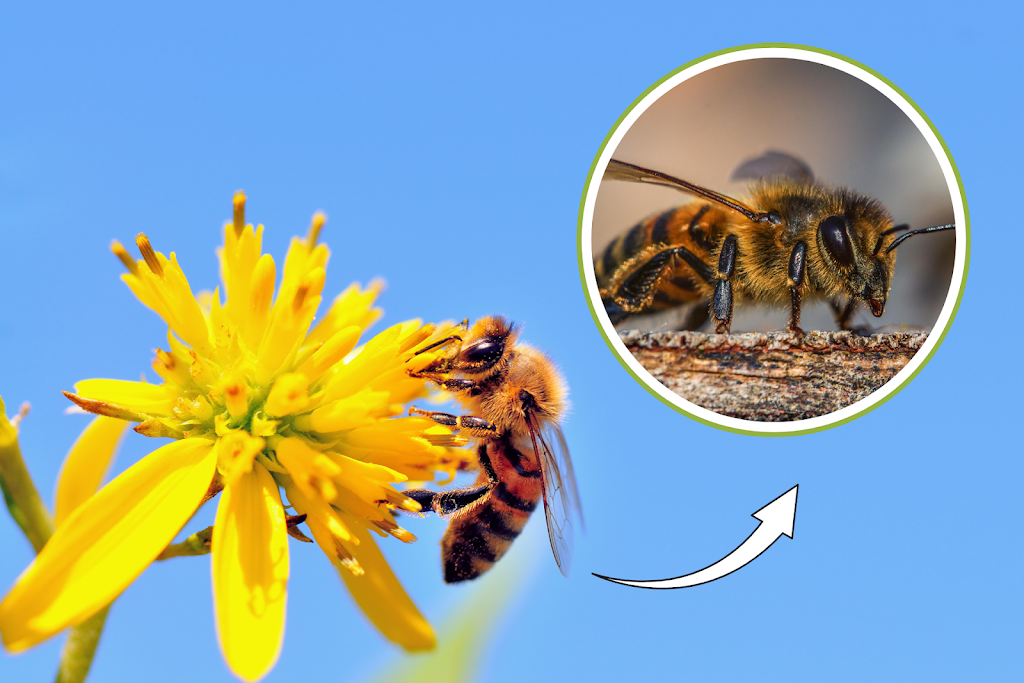Growing plants from seed is a rewarding journey, but it can quickly turn frustrating when hungry birds treat your garden like a buffet. While it’s wonderful to attract birds into your backyard, you probably didn’t intend for them to snack on your tender seedlings.
Birds such as sparrows, blackbirds, and pigeons are particularly fond of newly sprouted plants. But don’t worry, keeping your seedlings safe doesn’t mean scaring off your feathered visitors.
There are plenty of eco-friendly solutions that allow you to enjoy a bird-friendly garden while still protecting your young plants.
Let’s explore some effective and wildlife-conscious strategies for safeguarding your seedlings.
1. Start Seeds Indoors First
One of the best ways to give your plants a head start is to germinate seeds indoors. A sunny windowsill or greenhouse setup offers a controlled environment that keeps curious birds away during the early growth stages.
Once the seedlings are mature and sturdy, you can move them outdoors where they’re less vulnerable.
This approach not only keeps birds from interfering but also avoids the use of harmful plastic netting, which poses risks to birds, hedgehogs, and other small creatures.
2. Build Natural Fences
Instead of turning to synthetic materials to protect your garden, consider natural barriers. You can create a simple but effective defense using twigs, bramble clippings, or thorny plant trimmings like rose or holly.
By placing these materials upright around your seedlings, you make it hard for birds to land and peck. This technique doesn’t just deter birds, it can also serve as a habitat for beneficial insects like ladybugs. Just be careful not to block too much sunlight from reaching your plants.
3. Apply Rough Mulch Around Seedlings
Covering the soil with coarse organic materials can discourage birds from digging or scratching around your seedlings. Items like straw, wood chips, or crushed eggshells create a texture birds generally don’t like.
Plus, mulching helps retain moisture and suppresses weed growth, which is a bonus for maintaining healthy garden beds with minimal effort.
4. Use Decoy or Camouflage Plants
Another smart approach is to grow fast-sprouting or aromatic plants alongside your seedlings. This can mask the presence of young sprouts or distract birds altogether.
For instance, quick growers like radishes can act as decoy plants, while herbs like dill, fennel, or cilantro emit strong scents and unique foliage that can confuse birds.
This method not only protects seedlings but also supports pollinators and adds variety to your garden.
5. Reuse Reflective Items
Reflective materials can make birds think twice before landing in your garden. Hang old CDs, foil strips, or even pieces of shiny ribbon above or around your beds. The moving reflections created by the wind can scare birds away temporarily.
You can also string up some lightweight twine across the garden in a criss-cross pattern. This makes it harder for birds to access open soil and freshly planted areas. Once your seedlings are strong enough, remove these items to keep your garden looking tidy and natural.
6. Offer Alternative Food Sources
If you want to keep birds from targeting your seedlings, consider feeding them elsewhere in your yard. Keep bird feeders filled and place them far from your vegetable garden. You might also scatter leftover kitchen scraps like soaked oats or cooked rice in an area away from your plants to give birds a distraction.
Feeding birds in a controlled way helps them stay nourished while steering their attention away from your precious sprouts.
Below are some bird foods we recommend;
1. Kaytee Nut & Fruit Wild Bird Seed
2. Audubon Park Bird Food
3. Dr. Harvey’s Fabulous Finch Food for Outside Feeder and Indoor Birds
Final Thoughts
Keeping your seedlings safe from birds doesn’t have to come at the expense of your garden’s ecosystem. With a few creative techniques, you can grow healthy plants while still offering a haven for local wildlife.
The goal isn’t to banish birds, it’s to create balance. With these gentle strategies, you’ll give your seedlings the best chance to thrive, all while enjoying the cheerful presence of birds in your garden.
Frequently Asked Questions
1. How can I keep pigeons away from my seedlings?
The best approach is to start your seeds indoors and transplant them outside once they’ve grown strong enough to withstand some pecking. At this stage, they’re less attractive to pigeons.
You can also surround your young plants with thorny or twiggy barriers to make it difficult for pigeons to land and feed. Alternatively, using fast-growing “sacrificial” plants like radishes nearby can draw attention away from your main crops.
2. What’s the best way to stop birds from eating seeds?
Always cover seeds with a fine layer of soil or mulch such as straw, bark, or crushed eggshells. Birds prefer bare soil where seeds are visible and easy to access.
Seed balls are another excellent option, these are clay-coated seed mixes that shield the seeds from birds and pests while also providing nutrients to promote germination.
3. Do reflective objects work to deter birds?
Yes, they can be surprisingly effective. Reflective materials like old CDs, aluminum foil strips, or bird deterrent spirals create flashing light patterns and movement that scare birds away.
The key is to hang them loosely so they can sway in the breeze, increasing the visual disturbance. However, they should be used temporarily and removed once seedlings are mature to avoid unnecessary clutter.
4. Can companion planting confuse or deter birds?
Absolutely. Companion planting adds diversity to your garden, which can mask the scent and appearance of vulnerable seedlings. Herbs like coriander, dill, and fennel give off strong scents and have unique foliage, which may deter birds or camouflage more delicate plants.
Additionally, planting quick-growers like lettuce or radish near prized seedlings can serve as decoys, drawing bird attention elsewhere.
5. Is it okay to feed birds in the same garden where I grow vegetables?
Yes, but placement matters. Keep feeders stocked and positioned far from your vegetable beds to avoid attracting birds directly to your crops.
You can also scatter small amounts of safe kitchen scraps like soaked oats or cooked grains in a separate area to satisfy their hunger and reduce their interest in your seedlings. This keeps the birds happy without sacrificing your harvest.

